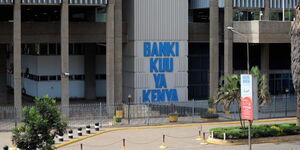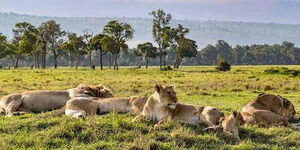If you have ever bought car insurance or are planning to buy it, getting the sticker alone and putting it on your car is just the beginning. It is important to understand what you are covered for.
Whether you are driving a Probox or a Prado, understanding how your car insurance works can save you money and stress in case of an accident.
Here is the all-important information that you need to know about car insurance in Kenya and what it means to have insurance.
What Is Motor Vehicle Insurance?
Vehicle insurance is a legal requirement in Kenya. The law says every motor vehicle must be insured against third-party risks before being used on public roads (under the Insurance (Motor Vehicle Third Party Risks Act).
When you buy insurance, the payment you make is called a premium. Your premium joins a pool of premiums from other policyholders. The money from this pool is what is used to pay your claim if the insured event occurs.
Understanding the Main Types of Cover
Third Party Only (TPO)
This is the most basic and probably one of the most well-known covers in Kenya. This insurance covers damage or injury you cause to other people, their cars, or property.
It is important to note that it does not cover damage to your car.
Third Party, Fire & Theft (TPFT)
This insurance covers everything in TPO, and also if your car is stolen or damaged by fire. However, this scheme does not cover accident damage to your own car.
Comprehensive
This is the most expensive and comprehensive insurance you can get in Kenya or anywhere else you subscribe. It covers everything, including third-party liability, fire, theft, and damage to your car, even if you are responsible for the incident.
What’s Not Covered (Unless You Add It)
- Political violence or riots
- Floods or natural disasters
- Tyres, rims, and windscreens
- Use outside Kenya (e.g., Uganda or Tanzania)
Most insurers offer these as add-ons, but you must ask for them and pay extra.
What's ‘Excess’?
This is the portion of a claim you pay out-of-pocket before the insurer covers the rest. For example, if repairs cost Ksh100,000 and your excess is Ksh20,000, you pay Ksh20,000 while the insurer pays the remaining Ksh80,000.
What Happens in a Write-Off?
If your car is damaged beyond repair or the repair cost exceeds a certain percentage (usually 50-75 per cent) of the car's value, the insurer may declare it a total loss. You will then receive a payout based on the car's market value minus depreciation.
How Claims Work
- Report the incident within 24 hours.
- Get a police abstract.
- Take the vehicle to an approved garage.
- Fill out a claim form.
- Pay your excess.
Any delays in any of these steps may slow down claim approval or even lead to rejection.
How to Choose a Policy
- Check their reputation for claims processing.
- Ask about their approved garages.
- Find out if they offer 24/7 support, including towing services.
- Consider if their rates justify the level of service and coverage.
In the end, choosing the right car insurance comes down to balancing what you can afford with how much risk you are willing to carry. But one thing is clear: knowing your policy inside and out is just as important as renewing it on time.












